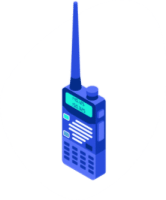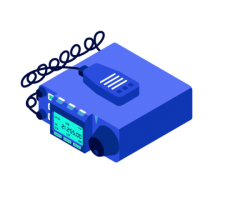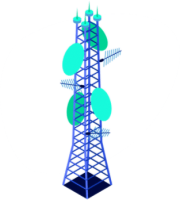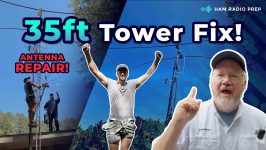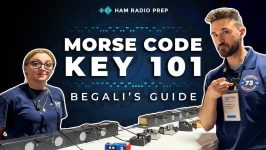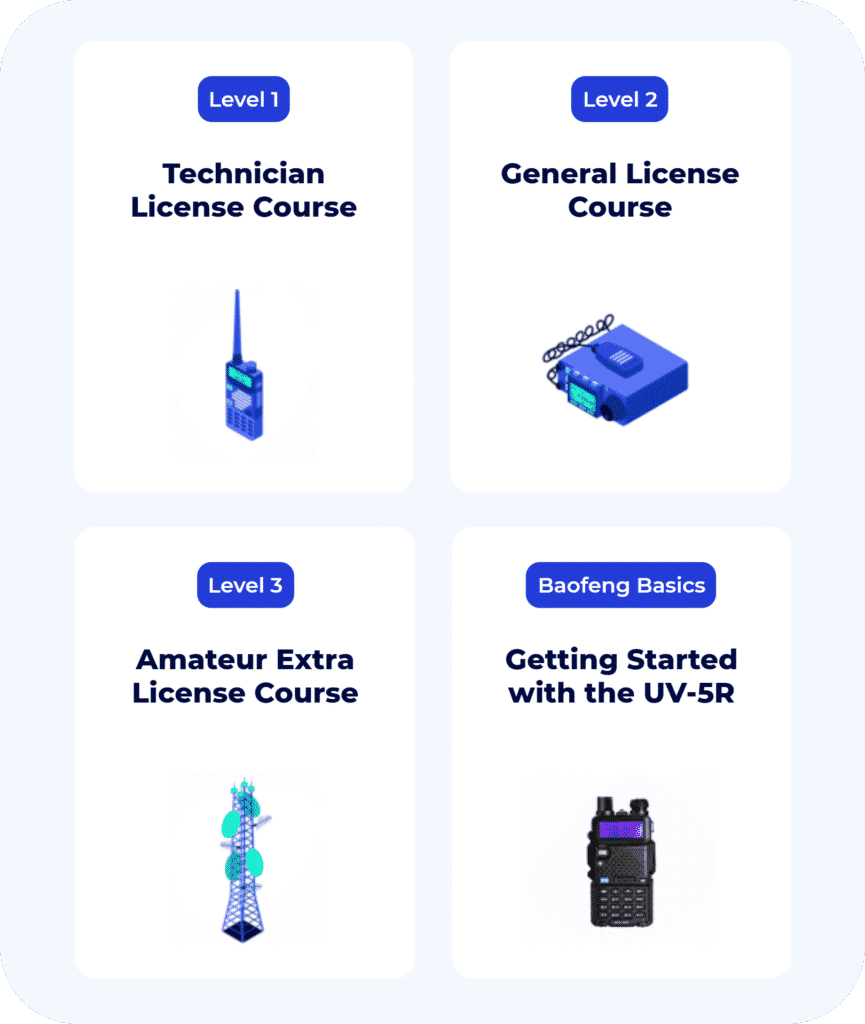For ham radio operators, maintaining a station often requires troubleshooting and addressing unexpected issues—especially when they occur high up on a tower. In this blog post, we follow Jim, who discovered an issue with his antenna at the top of his 35-foot tower, and James, who helped him fix the problem. From identifying the issue to performing the necessary repairs, this is a behind-the-scenes look at how they resolved the antenna problem during a tower climb.
The Problem: Jim’s Antenna Wasn’t Performing Well
A few months ago, Jim noticed that his stepper antenna, mounted at the top of his 35-foot tower, wasn’t performing as expected. Despite everything looking fine from the ground, the antenna wasn’t delivering the expected signal. Jim knew it was time to investigate further and decided that the solution lay in going up to the antenna.
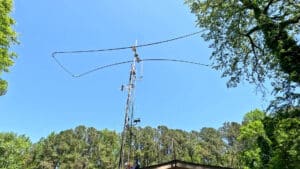
Troubleshooting the Setup
Jim started by checking the connections between his radio and tower. After ensuring everything was properly connected, he tested the coaxial cable running from the radio to the tower. Everything appeared fine, with a 1:1 SWR at 50Ω, indicating that the problem must be further up at the antenna itself.
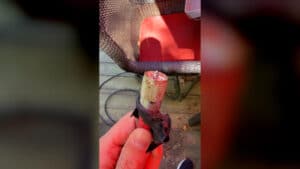
The Climb Begins: The Tower Setup and Safety
Realizing the issue likely lay with the coaxial cable at the top of the tower, Jim called upon James, a seasoned tower expert, to help replace it. The plan was to replace the coax running between the lightning arrestor and the antenna. Since the antenna rotates periodically, the coaxial cable can become a weak point over time, resulting in damage.
Before climbing, Jim reviewed some critical safety procedures. The most important was the three-point rule, which dictates that a climber should always keep three points of contact with the tower for stability. Whether it’s two feet and one hand or two hands and one foot, following this rule helps ensure a secure and safe climb.
The tower stands 30 feet tall, and with the 5-foot mast, the antenna’s total height reaches about 35 feet—an impressive height when you’re working on it.
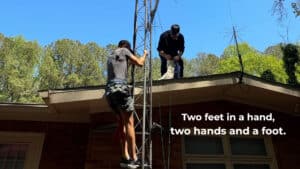
Replacing the Coax and Making Adjustments
As James reached the top of the tower, he inspected the lightning arrestor and coaxial cable. It quickly became clear that the coaxial cable had deteriorated, most likely due to the constant movement of the rotating antenna. This was the cause of the poor signal.
James proceeded to replace the damaged cable, ensuring everything was tightly secured. After reconnecting everything to the lightning arrestor, they tested the antenna once again.

The Reward: A Successful Fix and Better Performance
After replacing the coax, Jim tested the antenna again, and the results were immediate. The signal strength significantly improved, and the antenna was back to full functionality.
The most rewarding part for Jim was the ability to make clear radio contacts once again. The fix not only resolved the issue but proved the value of maintaining and regularly checking his ham radio setup.
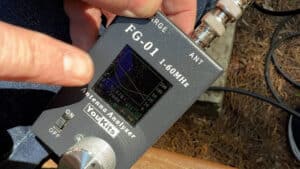
Lessons Learned and Final Thoughts
One of the key takeaways from this experience for Jim was the importance of regular maintenance and troubleshooting. When you’re a tower owner, issues will arise, but resolving them early can save time and effort in the long run.
Looking ahead, Jim is considering installing a tilt-down tower, which would allow him to lower the antenna to a more accessible height for future maintenance and repairs.
Final Word: A Tower Climb and Antenna Fix Completed
Thanks to James’s help and Jim’s persistence, the antenna is now working like new. The experience reinforced the importance of safety, maintenance, and teamwork when dealing with tower-based repairs.
Thanks to their efforts, Jim can once again enjoy reliable communication with his ham radio station.
Get Your Ham Radio License Today
If you’re new to ham radio or need to get licensed, start your journey with Ham Radio Prep. Over 60,000 students have earned their FCC amateur radio licenses with our help.
🎓 Start your free lesson today at HamRadioPrep.com and join the ham radio community!

